In this article, you will get to know, what is a minimum viable product. MVP (Minimum Viable Product) is the first version of a product. And it’s one that contains enough features to attract the first set of customers. And crucially, to be able to gather valuable feedback and information about how customers use and value that product.
Minimum Viable Product (MVP) Definition
Frank Robinson coined the term minimum viable product in 2001. But it was Steve Blank, and Eric Ries, who popularized the term first, with the launch of the lean startup movement. And then, with the release of Reese’s 2009 book, Lean Startup, Eric Ries defines an MVP as that version of a new product, which allows a team to collect the maximum amount of validated learning about customers with the least effort.
For instance, If you ask potential customers about how they will use it, how they will value it, and how much they would pay for a product when it is a hypothetical product that might be delivered. Again, asking them the same question about a real product, giving it to them and seeing how they actually use it, offering it to them, and seeing how much they will actually pay for it. You will get potentially a very different set of answers.
Why do we need to build MVP?
The core purpose of a minimum viable product is to gather data, is to find out whether people actually buy it. And when they buy it, how they actually use it. It’s a real thing for some startups.
It also has a secondary purpose, of course, which is to generate some revenue, to be able to sell something to customers in the early stages of the startup. So that you can return some revenue to the business not only to give confidence to investors and to hook but also to inject some valuable cash flow into a business.
How MVP Help Small Startups?
Particularly if your lean startup doesn’t have a lot of funding, MVP can help you in several ways:
- So once you’ve produced a minimum viable product, a simple version of what you might aspire to produce.
- It could be as simple as a single web page. It could be a product that appears to be automated, but it’s actually backed by manual operation behind the user’s awareness.
- Once you’ve got that you can collect valuable information and feedback.
- You can allow customers to use the product, and ask them questions about how they use it or indeed, gather information in numerous different ways.
- The sooner you find out how customers use your product, the sooner you can adjust your plans, and therefore the less commitment you need to make.
- And of course, if customers don’t value the product, don’t use it, don’t want it, then if you find that out early, while you’ve made a minimal investment into your minimum viable product, then you’ve minimized the risk the amount of money and time and resources that are wasted.
Advantages of Minimum Viable Product (MVP)
- Improvement with Minimal Risk
- Getting a Clearer Picture of the Product Concept
- Getting the Attention of Early Adopters
- More time to collect feedback and work on it
- Regular Updates
- Cost-effectiveness
- Considering Market Demand
- Release Time is Shorter
- Assist with the product pitch
- UX Functionality Testing
- Verifying the Monetization Plan
Disadvantages Of Minimum Viable Product
There are few disadvantages of MVP. They are as follows:
1. Loss of concentration on the goal
It’s easy to lose track of time while working on an MVP. Iterative development methods necessitate focus, dedication, and a laser-like focus on what you want your final product to be. Otherwise, you may find yourself paying more than you bargained for.
2. The competition can learn and apply
Recognize that others may have the same concept as you, and that your competitors may catch up sooner than you think. Others may notice your product, identify flaws, enhance it, and produce a niche product that is better than yours, causing you to lose market share.
3. Efforts Wasted
After receiving input from consumers or others, you may need to delete a large number of capabilities. All of it would have been squandered if you had used more resources in the construction of those parts.
4. The scope of MVP must be properly defined.
The process of creating an MVP necessitates being highly tactical and targeted in your goals. Otherwise, you risk wasting more money and time experimenting with other options because your purpose was not clearly stated from the start. A scope that is too tiny will not accurately reflect the product, while a scope that is too large will defeat the objective of an MVP.
5. The incorrect technology stack for the job
It could take some time to identify the suitable tech stack and architecture for the project you’re working on. This can be a frightening, expensive, and time-consuming experience.
Criteria of MVP
It’s important to note that the idea of a minimum viable product is not about producing the absolute minimum functionality that you can get away with and make the thing work. It’s actually about producing the minimum functionality and quality that will allow you to learn what you need to know. Because an MVP is about gathering information. And it’s about managing risk.
It’s also important to recognize that although the minimum viable product appears to be very specific, it’s going to be problematic.
Defining what you actually mean by minimum, viable, and the product. However, it’s fundamentally for me about risk management, because if you think about it, producing the MVP adds a stage to your project or your product development lifecycle that has cost and time implications. But in exchange for those costs, you can reduce risk because you learn what the customer needs and are able to adjust before producing the final product.
Also look at: Top 10 Metaverse Development Companies
You can also look at the MVP process as a part of quality management. The ability to produce a minimum viable product and then to find out what its shortcomings are in terms of quality, and where you need to boost quality for the final product will allow you to plan a better end product.
How To Create a Minimum Viable Product?
We are listing some fundamental steps you have to go through when you start building your MVP.
- Comprehensive Research.
Before you start, you have to get an answer to the problem and the solution. You will have to answer several questions like What is your market? Who are the people who face the problem? How can you help them to resolve it? Let’s pick the significant questions you will have to answer which exact problem your MVP is meant to solve. You have to think about the value your product brings to your customers and how will they benefit from it. For this, you can use the value proposition canvas.
You have to understand who will buy your product. Which sort of users will be interested in your product? Certain categories of users have their specific needs and specific requirements that can help you improve your product and make it as user friendly as possible. What are the existing solutions to this problem? Competitor’s research can help you identify the pitfalls and avoid them in your product. - Identify MVP features and prioritize them.
The next step deals with the features you want to have implemented in your product; you have to develop the product vision and list the features you want to see there. Once you have this done, you need to prioritize them. We use the Moscow approach; we take all of the tasks and features we have and divide them into must-haves that should have good haves and one tap. You’re likely to have one top priority feature that conveys the product’s core value at the MVP stage.
- MVP approach selection.
All you have to do in this step is decide which type of MVP you’ll be moving forward. It can be a no product markup or one feature MVP. Your choice should be based on the idea to be validated and the available resources you have.
- Success criteria identification.
Before you start building your MVP, you have to know how you will believe it? How will you understand if your MVP is a success or failure? One should answer the question in advance. We advise you to develop the list of actionable metrics and success criteria you will be tracking.
- Prepare a story map
Story mapping is an essential step for you to list your features and develop a product backlog. Story mapping consists of four fundamental components, goals, activities, job or user stories and tasks. Goals underlie the pivotal vision of your product. To achieve your goals, you have to complete the activities. Activities require the implementation of tasks and features that can be turned into job or user stories. With a story map, you get a convenient tool to identify pains and gains associated with your product.
- MVP launch
Now it’s time to launch your minimum viable product and get your first user feedback. Remember to track the key metrics to validate the results of your MVP. Remember than a negative result is also a result. The key aim of MVP is to test your product with real users. And even if your MVP appeared to be unsuccessful, this is a good sign for you to pivot and focus on resolving different customer problems.
Types of MVP
We’ll have a look at more than 10 types of MVPs.
We have classified types of MVP into two groups, each of which is meant for a particular range of tasks. The first group is the high fidelity MVP.
High fidelity MVP:
This category is a fit for the product owners who are in pursuit of the following objectives,
- defining and optimizing and marketing strategy,
- testing the value proposition communication channels and CTA defining potential strategies for growth,
- acquiring early adopters, asserting a product on the market, and learning the demand for the product.
High Fidelity MVP requires more analysis and effort; however, they provide you with valuable data for your confidence in moving forward with product development. High Fidelity and with these examples are digital prototypes creating models or mock-ups, which allow you to examine user interface experience and engagement.
Some types of this category might need a lot of manual work like it was with Quora. One of its teams had to write q&a themselves to attract users. Here are the most widespread high fidelity MVPs concierge MVP.
This product uses the manual guiding of users instead of an automated algorithm. Also, this tap is a fit for projects based on recommendation engines or even machine learning techniques. Complex algorithms do not power the MVP, and the core functionalities, Wizard of Oz MVP, and a kind of enhanced concierge MVP. This type of product also uses the human-powered functionality, but it looks and feels like a real solution. For example, Zappos, an online shoe and clothing retailer, was launched as The Wizard of Oz MVP, and most of the functions were manual until it took off piecemeal MVP.
A significant share of functionality is also manually powered with this type of product. However, some of the missing features are emulated with existing services; we can look at the example of Steve bland could advise this startup aimed at producing agricultural drones. His idea was to use an HD camera and a helicopter to collect the necessary data and sell it. It was not a drone driven technology at the outset, but it validated the idea and even brought some income to its founders. Single featured or one pain killer feature MVP.
The hallmark of this type is the focus on one feature; you need to provide users with a clear understanding of what the product is meant. Later on, the set of features might expand but not at the MVP stage.
Low fidelity MVP
Moving to the next group, low fidelity MVP. This category of MVPs options matches the following goals learning the practical value of the product. Finding out the most effective solutions for customers requires understanding customers’ needs and niche analysis. Whether or not the problem is worth solving. To build a low fidelity MVP, it’s unnecessary to do programming. Sometimes even an introduction video or survey is enough to understand your customer. For example, you can create a landing page MVP, like those product temps and launch it for users.
Another option is to build a slide deck or a mock-up that might be suitable for some sales meetings. The following list contains possible low fidelity MVPs blogs, forums, communities surveys and questionnaires, landing pages, explainer videos, advertising campaigns, mock-ups, slide decks presentations, crowdfunding campaigns and idea spotting networks.
Each type of MVP matches a particular project. Sometimes it can opt for several types in one go, like combining release offer consideration with a survey to be held in a specialized community or forum. Our use case for today is an intelligent checklist for JIRA. The origin of some of Our checklists lies in the necessity to self one of our internal tasks; the Wellsford team needed a usable solution to make long to-do lists in JIRA. This is an excellent example of one pain killer feature MVP. It took us two days to write a piece of code and build a minimum viable product with the ability to convert markdown into checklist items as an epic feature.
It was an internal solution that was good at solving our tasks. As soon as we began obtaining numerous user stories and requests, we understood that the demand for our bare-bones product was rising. Therefore, they start the product evolution to make it better and monetize. Sometime later, we’ll make it available on the Atlassian Marketplace for free with no particular plans for monetization. And that time, we had two or three competitors offering products with similar functionality.
Nevertheless, all they lacked the value we emphasize the Markdown editor. Value Proposition should become the basis of your product before you go for MVP.
MVP Examples
Let’s look at some examples of MVP here:
1. Buffer
Buffer launched a series of landing pages before launching its app for scheduling social media posts. The first landing page only asked for an email address if people were interested in learning more about the product’s plans and pricing. Users could choose between a free version and one of two paid versions in the second. It was clear that Buffer had many potentials when most people chose a paid plan.
2. Dropbox
Dropbox began as a demonstration video MVP to demonstrate the advantages of centralising data storage. As a new company, it relied on feedback from users to raise money for its development.
3. AdWords Express
When AdWords Express was released, it appeared to be automating ad copy. Student-workers quickly typed ads and then delivered them to customers. If AdWords Express were in demand, it would have evolved into a fully-automated system by now.
4. Amazon
People are aware that Amazon started as an online book retailer for the most part. Jeff Bezos began his online bookstore by purchasing books from distributors and shipping them to customers whenever an order was received. Because of the high volume of book sales made sense to keep expanding the online store, buying warehouses, and finally offering a customised online experience to each visitor.
5. Foursquare
Foursquare had only one feature when it was first introduced to the public. People could win badges by checking in at various locations. Because of the gamification, people were eager to use the service. Foursquare expanded into a comprehensive city guide only after establishing a solid user base.
6. Groupon
Groupon has grown to be a global platform with operations in over 100 countries. There were only a few pieces to it initially; it promoted small local businesses and offered deals that only lasted a few days. At first, the founders relied on a WordPress blog because they couldn’t develop their content management system. Before expanding, they waited until they were successful.
7. Zappos
Zappos is the most well-known Wizard of Oz MVP. This model was bright. By photographing shoes at stores, the company’s founder, Nick Swinmurn, could see if anyone would buy them without trying them on first.
8. Airbnb
Airbnb began as a way for individuals to make extra money by listing their apartments for short-term rental. The platform has continued to expand because of the growing popularity of staying in someone else’s home to save money on hotel costs.
9. Facebook
When Facebook first launched, it was merely a way for friends to stay in touch online. Members had the most basic profiles, and they were all Harvard University students. In the beginning, the concept was well-received, and the platform grew in complexity over time.
10. Food on the Table
With Food on the Table, users can save money by receiving coupons and recipes from local grocery stores, an example of a concierge MVP at work. When it was still an MVP, Manuel Rosso, the founder of the company would choose recipes, make shopping lists, and find coupons by hand. After receiving positive feedback from users, he implemented an automated process.
Conclusion
So, to summarize, a minimum viable product is an investment. It’s an investment in managing risk. It’s an investment in producing a better product. Also, It’s an investment in managing quality. And that investment is recouped because the minimum viable product allows you to study customer and user behaviors in the real world to find out if they want the product, what they will pay for it and how they use it. So we create an MVP to learn.
FAQ’s on MVP
Let’s take an example from gaming. AAA games is the Perfect example. One way to guarantee a successful product in gaming is by planning, building, and launching MVPs (MVGs for Minimum Viable Games), and learning from them in order to build a game that actually works in the market.
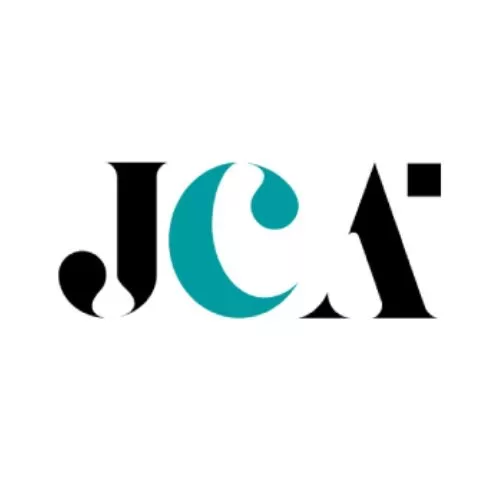
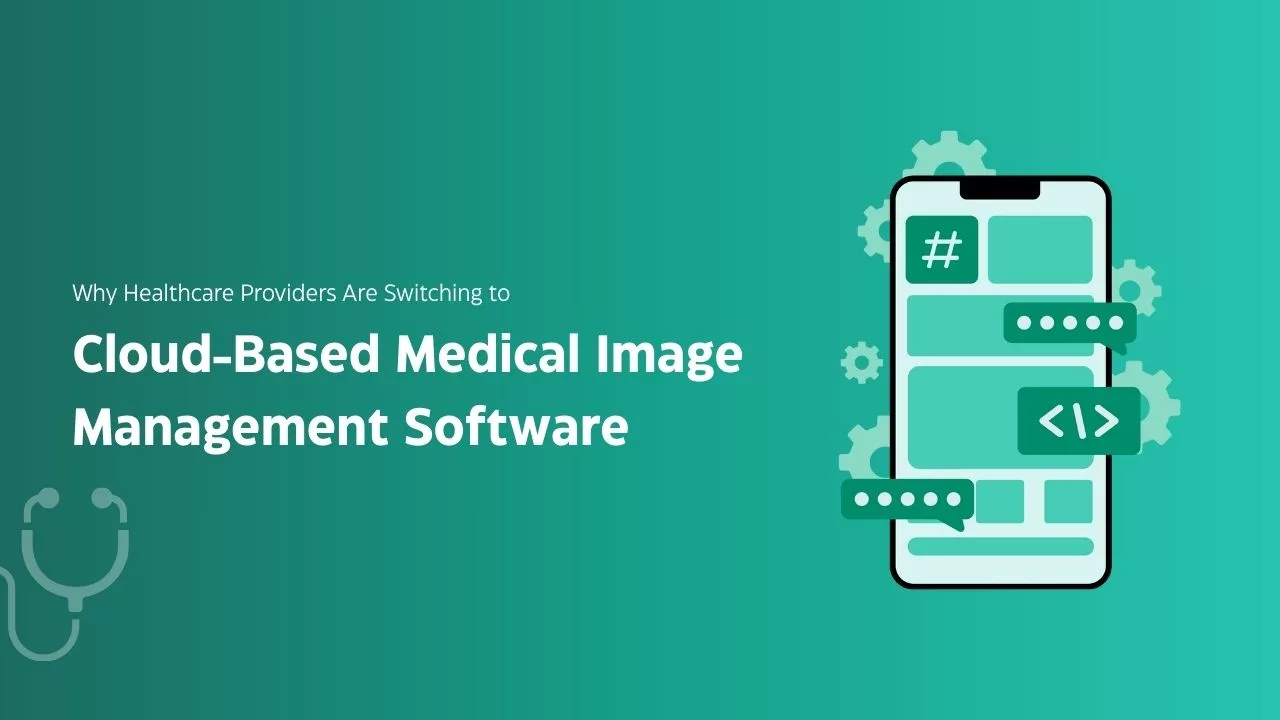
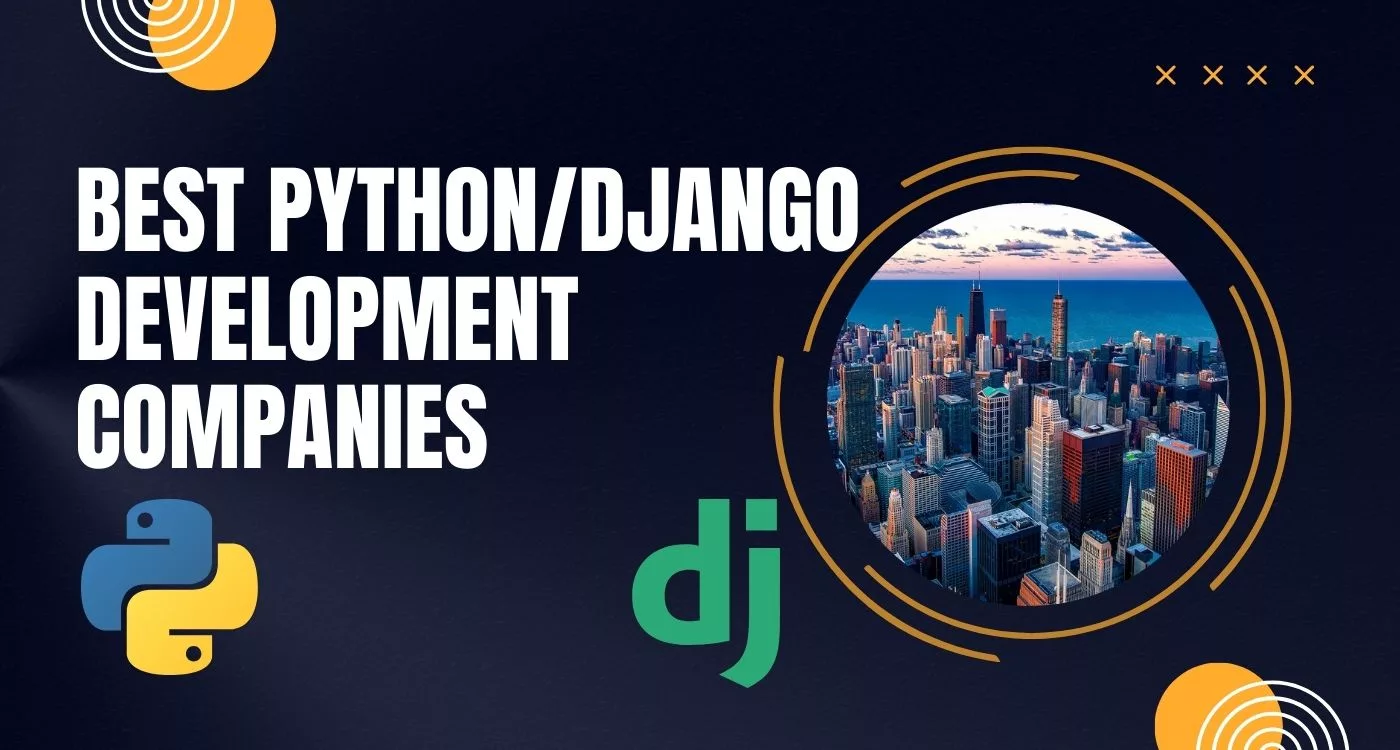


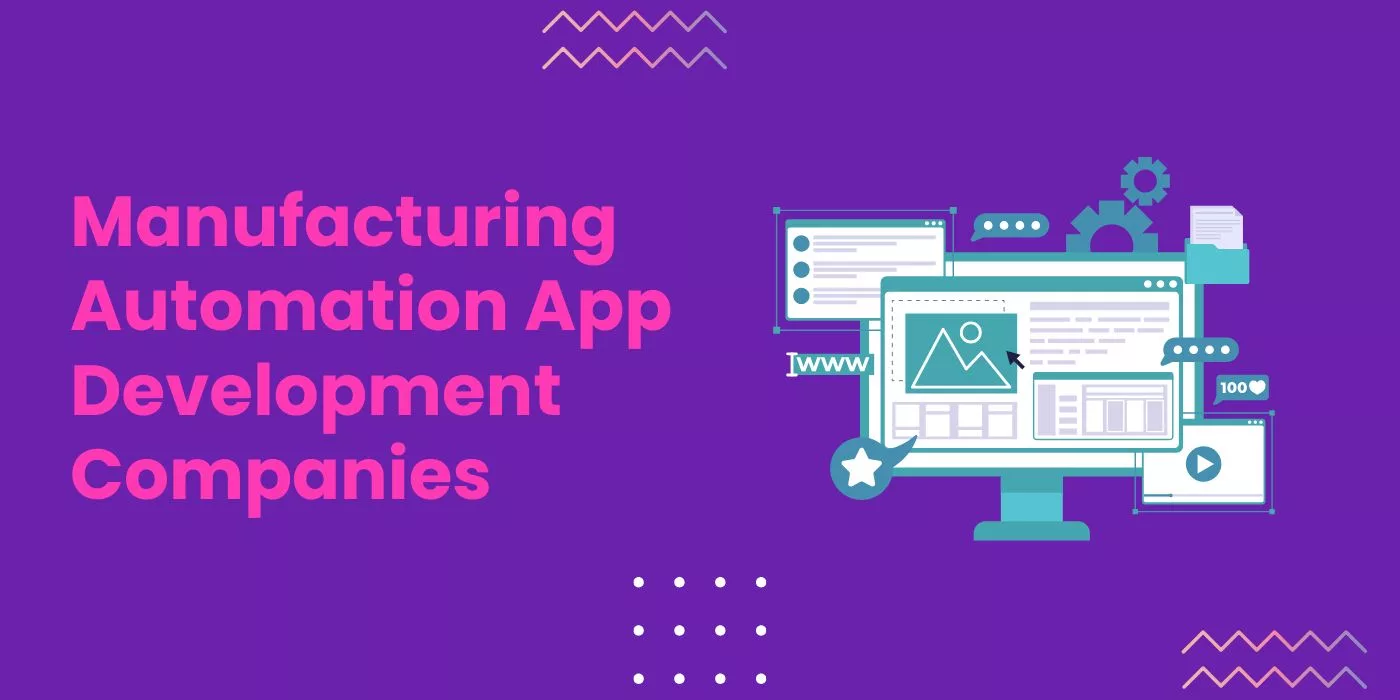

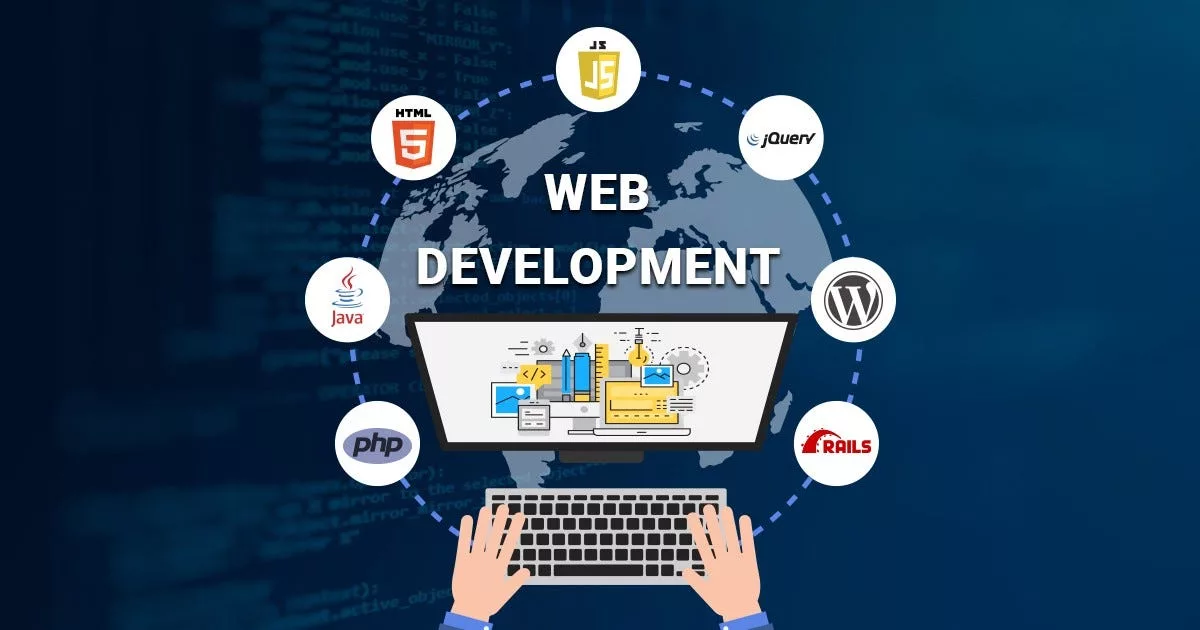
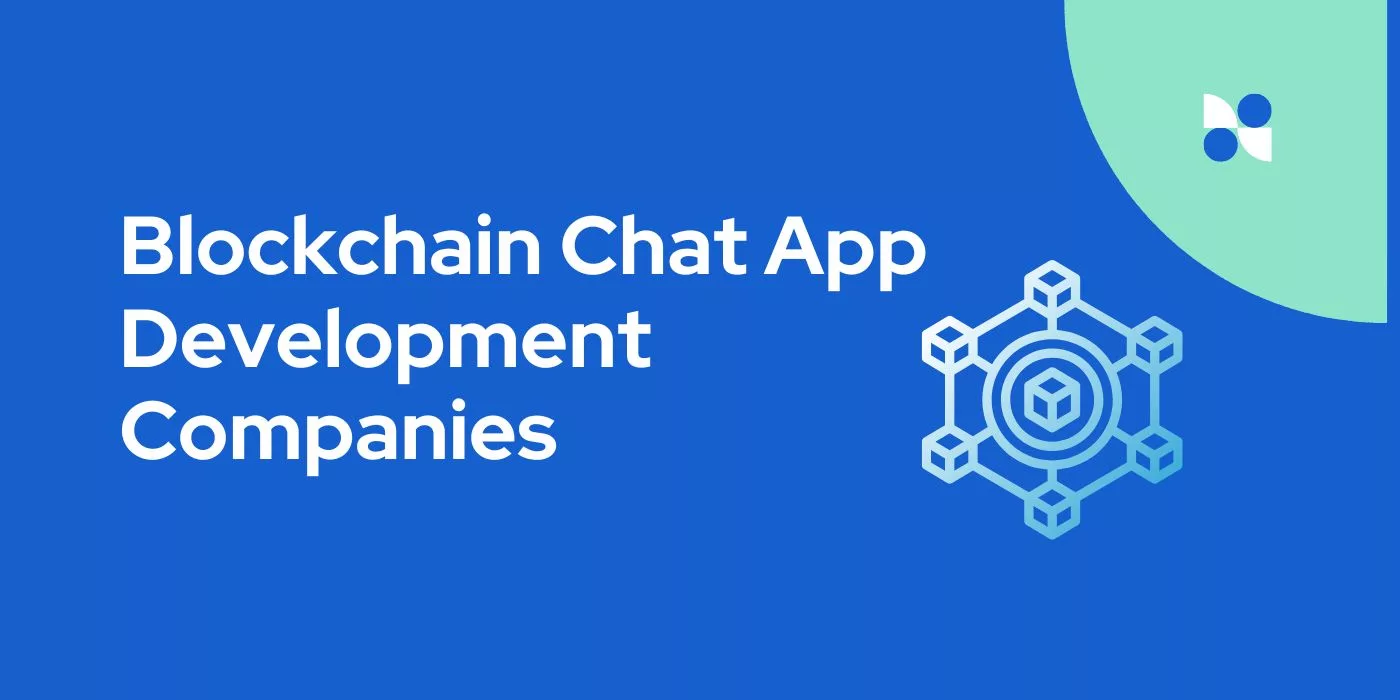
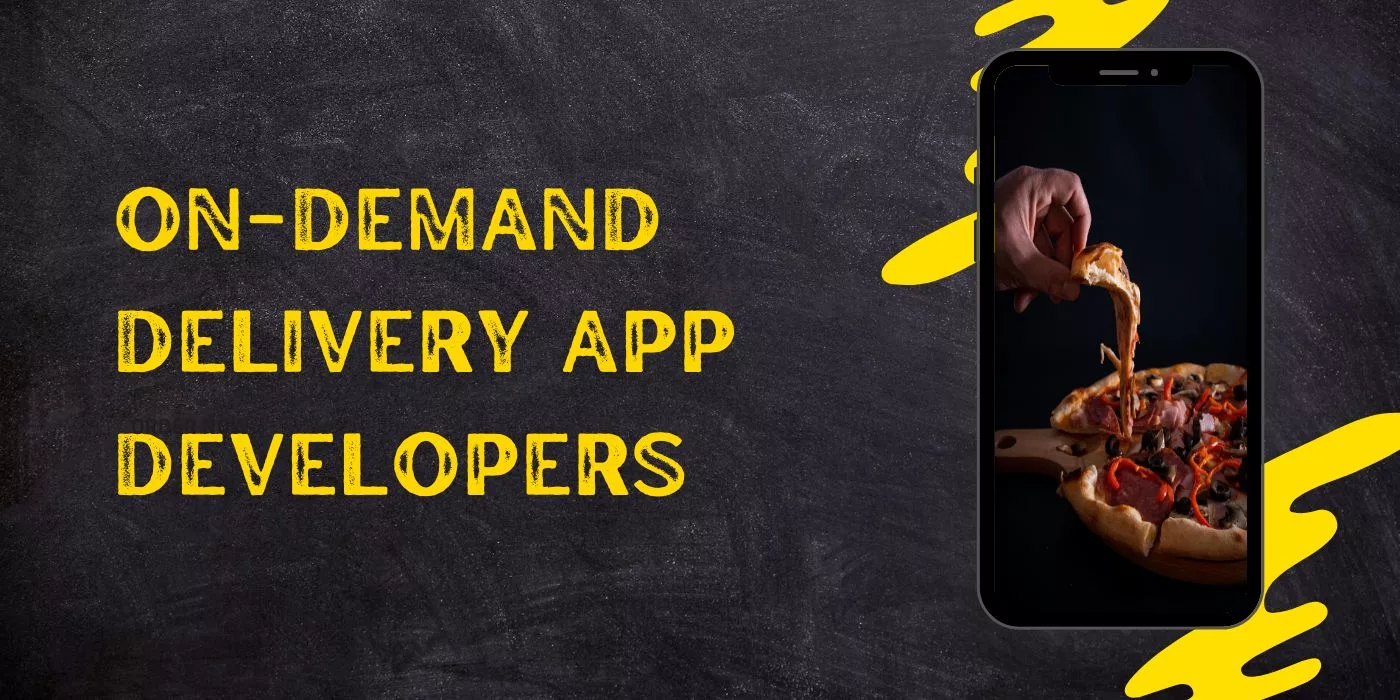
Leave a Reply